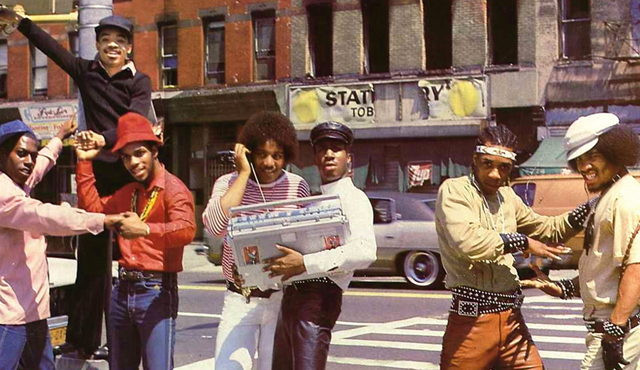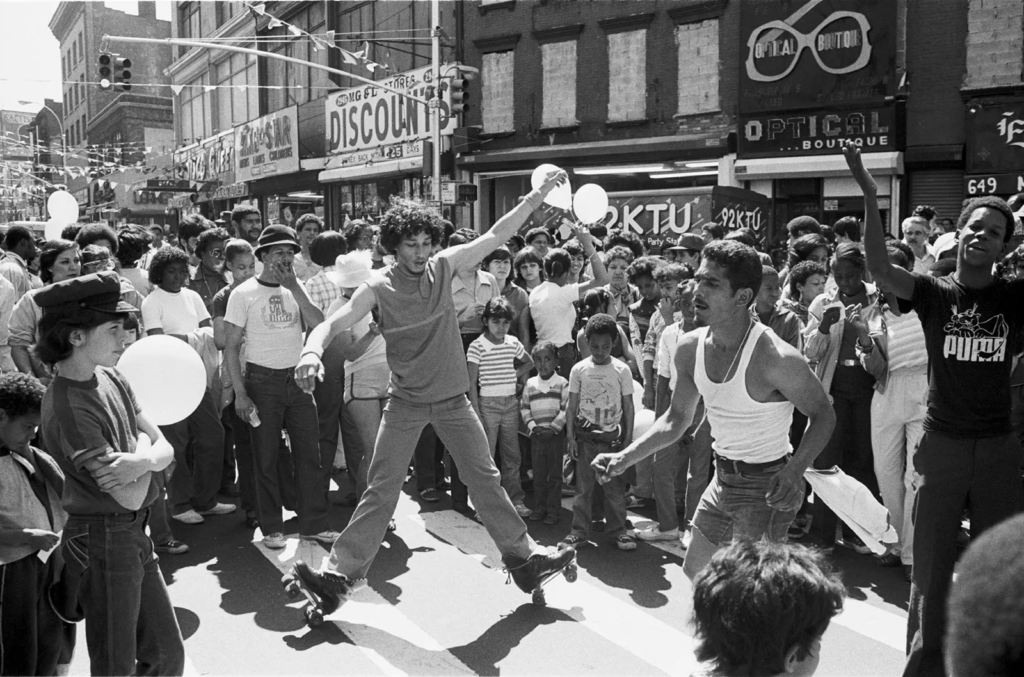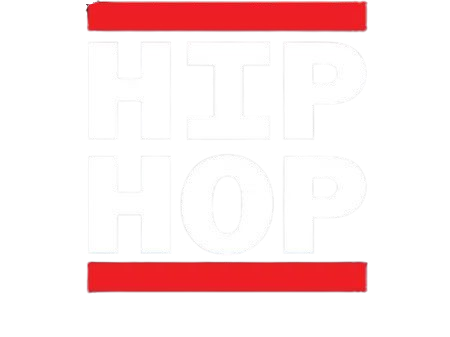- Hip-hop music in New York City during the 1970s was influenced by a variety of cultural traditions, including:
1. African American Culture: The roots of hip-hop are deeply embedded in African American culture, particularly the rhythmic and lyrical traditions of African American music, such as funk, soul, and rhythm and blues. Additionally, there is a connection between rap and West African griot tradition, the art of wandering storytellers known for their knowledge of local settings and superior vocal skills.

2. Caribbean Influence: Elements of reggae, dancehall, and dub were brought to the music genre by many of the early hip-hop pioneers who were of Caribbean descent. DJ Kool Herc, one of the founding figures of hip-hop, introduced the practice of “toasting” (talking or chanting over a beat) to hip-hop. Jamaican DJs excited crowds by making up short raps to the beat of music, adding “vibes” to the party. The toasts often referred to people in the crowd or to events at the party itself.

3. Latino Culture: The Latino community, especially Puerto Ricans, contributed to the breakdancing and graffiti art aspects of the culture. For example, in terms of breakdancing, Puerto Ricans incorporated moves from mambo and other Latin dances into their breakdancing routines.

4. Urban Environment: The social and economic conditions in the Bronx and other parts of New York City during the 1970s, including poverty, gang culture, and a lack of social services, also influenced the rise of hip-hop as a form of expression and resistance.




